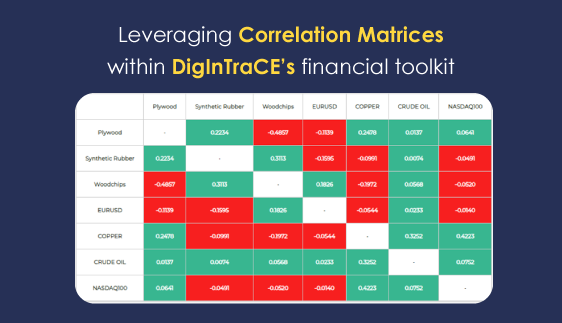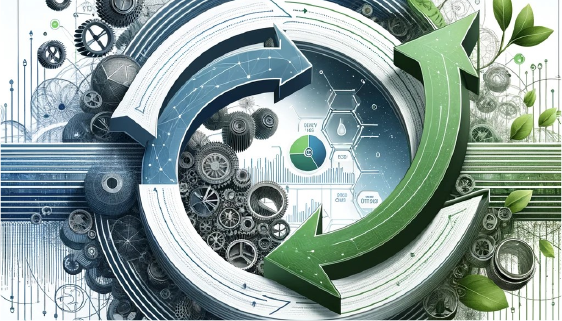Water scarcity is one of the biggest problems that humanity is currently facing. Unfortunately, the issue is only expected to worsen in the next years due to climate change and overpopulation, especially in the urban areas. This makes the task of water preservation and reduction in its leakages even more crucial for the water utility companies making it mandatory for them to make some crucial adjustments. Thankfully, modern technology with the use of robotics and AI algorithms can help in reducing the size of the problem and significantly lower the associated costs.
TERRAPIN: A new Research & Innovation project for water utilities by Hypertech
Considering water is a scarce and essential resource for human life, finding solutions to enhance its preservation is a goal of major importance for the years to come. As underground water pipe inspection is a very demanding operation that requires laborious scanning of large areas with bulky devices, the real challenge for the water utility companies is the inspection of their water grids for leakages.
Therefore, Hypertech along with 2 partners, OZZIE Robotics and Pragma-IoT, have joined their forces, and empowered through EC funding as derived by the RIMA network open calls, to work within the “TERRAPIN” project. The project acts on the development of a novel robotic solution for trenchless water pipe inspection that aims to automate the inspection process and lower the associated costs, all while utilizing affordable ground-penetrating radar-based technology and AI analytics for mapping underground pipes and locating defects and leakages. One of its main objectives concerns the integration of a rover with a Ground Penetrating Radar (GPR) for autonomous mapping of subsurface utilities and leakages.
The plan: How it all will work
Advanced rover localization based on stereo visual odometry, fused with GPS and IMU will be released to create an accurate georeferenced metric map of the area to be scanned. Synchronized GPR data collection will be applied during robot motion and the output of the pipes and leakages detection will be interpreted as semantic representation to be coupled with the metric map. A structured Boustrophedon-like path planning the rover, towing the GPR antenna, will cover the target area to create a semantic map that encompasses the various leakages and pipes in the network.
The robot-based mapping approach will be empowered through advanced, AI-based data analytics solutions that will aim at the automatic detection of underground pipes and leakages, as well as evaluation of their degradation conditions and urgency for their maintenance. In other words, the identification of the extent and severity of the evolving defect which comes from leaks, and the estimation of the pipeline lifespan is of vital importance for the TERAPPIN project.
Leakage detection of underground water pipes through GPR data will be based on artificial neural network models, e.g. Convolutional Neural Networks (CNNs), which are appropriate to analyze visual imagery. These models take as input 3D images and as output, here, their classification is based on whether depict water pipe leakage or not. The modeling of the pipe material degradation will be based on machine learning frameworks, e.g. Generative Adversarial Network (GAN), in which two neural networks contesting with each other. The simulation which will be performed in the model on different materials, lengths and diameters of pipes will contribute to revealing the extent and severity of the evolving defect of the pipeline as well as its lifespan.
Duration and funding
The TERRAPIN project started in October 2021 and will have a 12-months duration, ending in September 2022 with funding from the European Union and the RIMA network.








